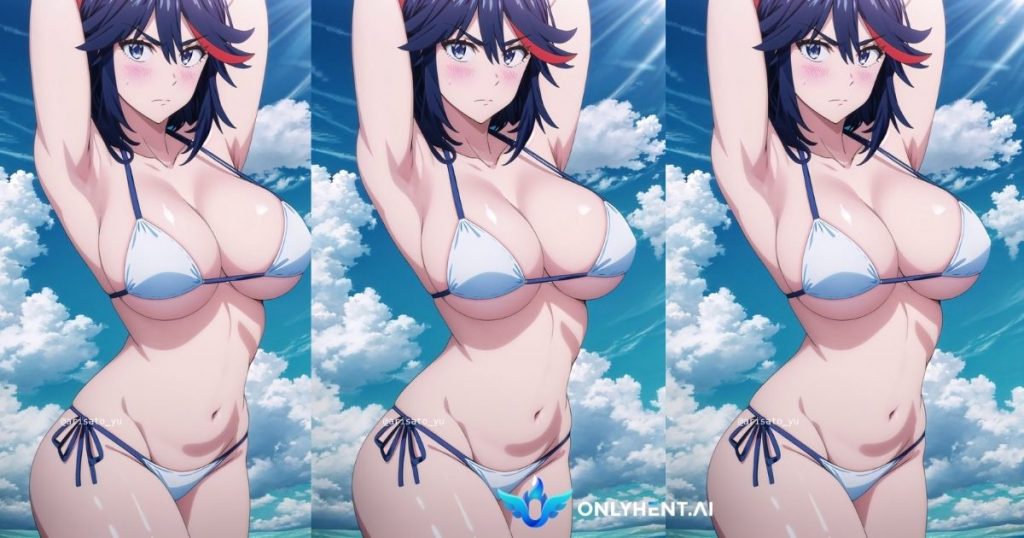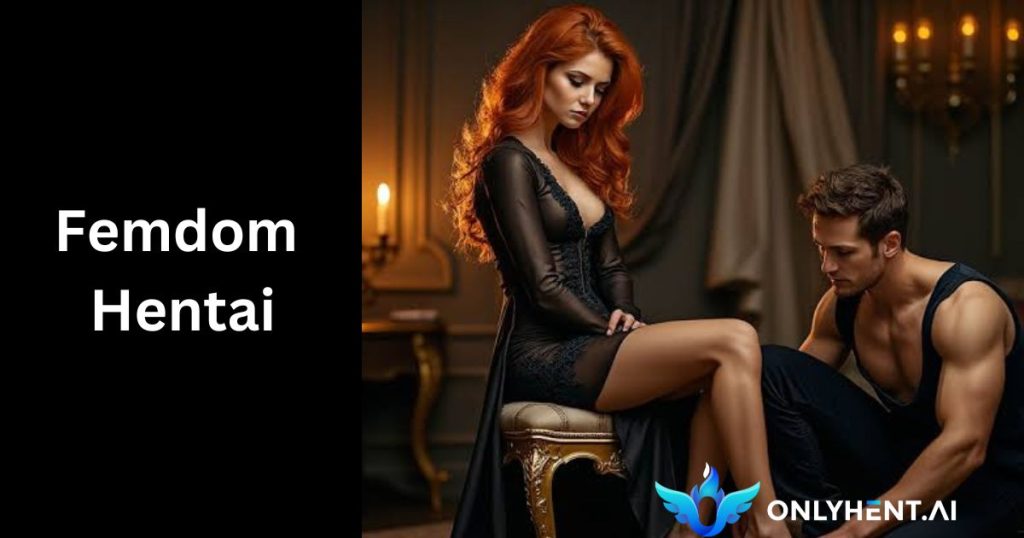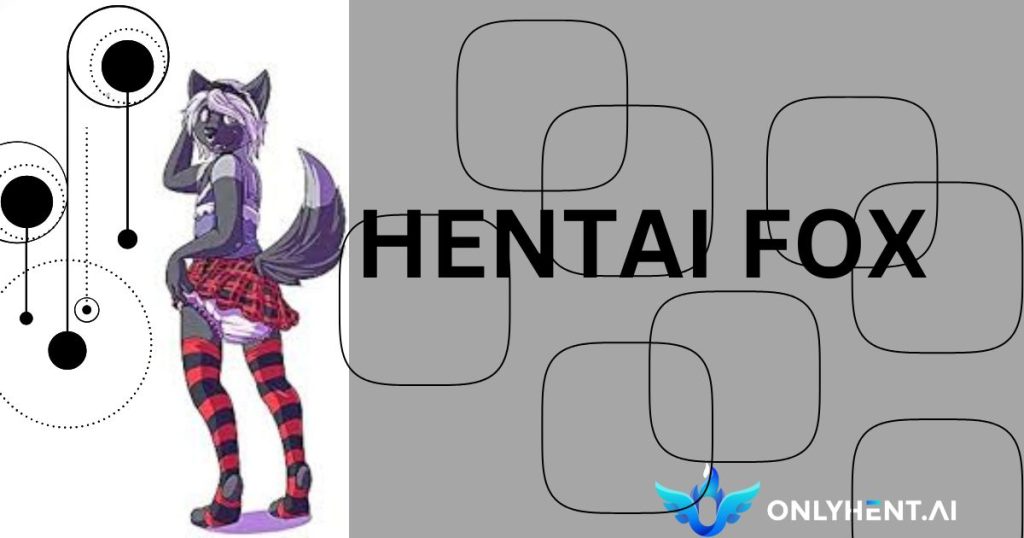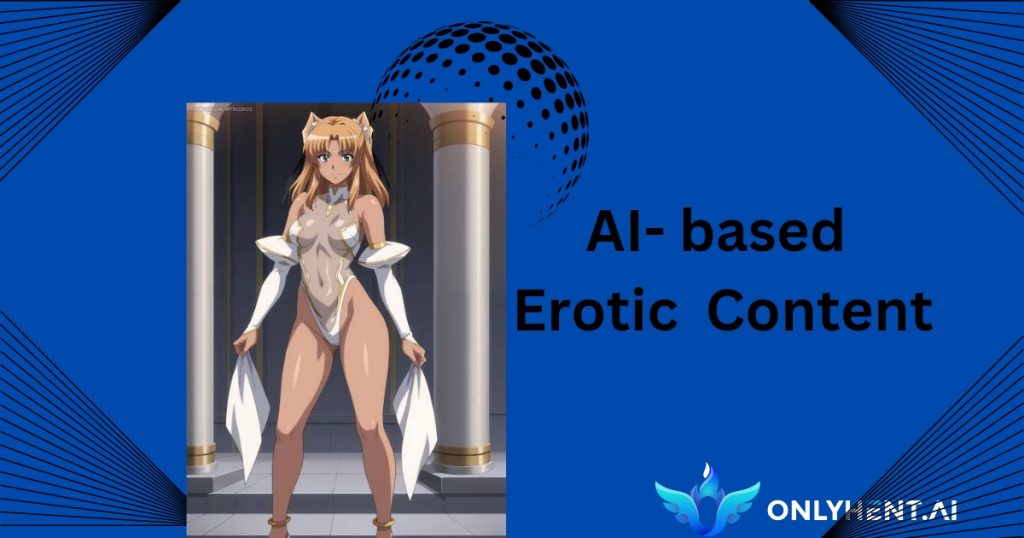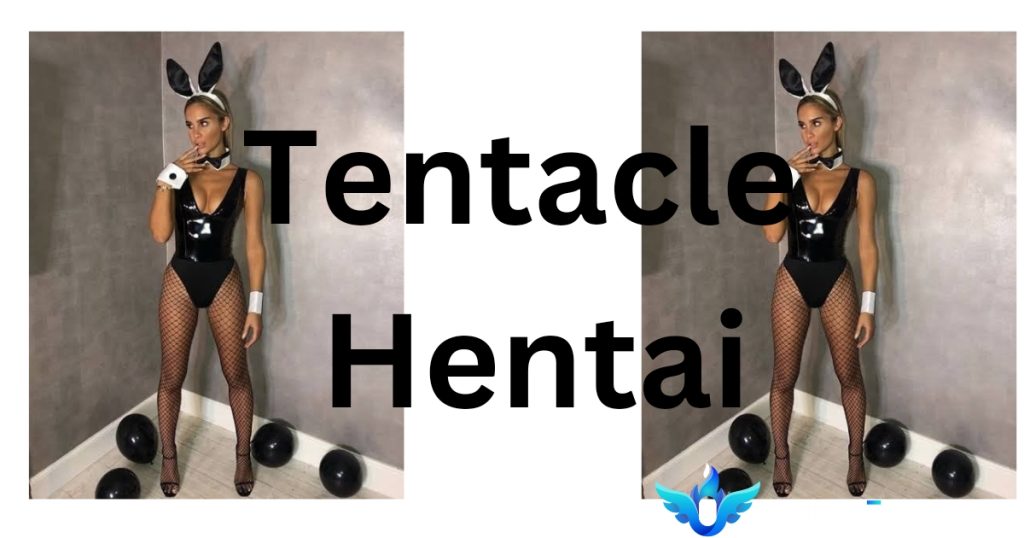Erotic art, a genre with a rich historical tapestry, encapsulates the visual representation of human sexuality and sensuality. In its essence, erotic art seeks to evoke and explore the nuances of desire, passion, and intimate human connections. Its significance lies not only in the aesthetic realm but also in its profound cultural relevance throughout the ages. In this exploration, we embark on a journey to trace the evolution of erotic art, delving into its ancient roots and understanding its modern dynamics.
Ancient Roots of Erotic Arts
In the ancient epochs of Greece and Rome, erotic art found expression through captivating frescoes and intricate mosaics. These depictions, etched onto walls and floors, served as a testament to the celebration of human sensuality. The artists of antiquity, unbridled by societal inhibitions, used the medium to portray the beauty and complexity of erotic connections. Pottery, another canvas for artistic expression, carried forward this tradition, with intricate designs immortalizing intimate moments. The legacy of Erotic Art in ancient Greece and Rome endures, woven into the cultural fabric of the time.
Asian Influences
Japanese Shunga Prints
In the Far East, particularly in Japan, the art of Shunga prints flourished as a manifestation of erotic expression. These prints, often characterized by explicit depictions of love and intimacy, were a part of the cultural landscape. The term “Shunga” translates to “spring pictures,” symbolizing a celebration of life, vitality, and the human connection. Each stroke of the brush in these prints echoed a cultural acceptance of the sensual as a natural part of existence, contributing to the broader narrative of Erotic Art.
Indian Erotic Sculptures
Journeying to the Indian subcontinent, we encounter the intricate art of erotic sculptures adorning temples and monuments. These depictions, rooted in ancient Hindu traditions, served a dual purpose – celebrating both spiritual and physical unions. The Kama Sutra, an ancient Indian text on human sexual behavior, further enriched the artistic landscape, providing a guide to the exploration of human sensuality. The fusion of spirituality and eroticism in Indian art reflects a profound acknowledgment of the interconnectedness of the two realms.
Erotic Art through the Ages
Medieval and Renaissance Period
During the Medieval period, Erotic Art encountered constraints and conservatism, with societal norms often restricting the explicit depiction of human sensuality. The prevailing religious and moral codes influenced artistic expression, leading to a subdued portrayal of intimate themes. However, as the world transitioned into the Renaissance, a period marked by a revival of art, culture, and learning, there was a notable rekindling of interest in Erotic Art.
The Renaissance ushered in a renewed appreciation for humanism and the exploration of the human experience. Artists, inspired by classical ideals, began to revisit themes of love, desire, and the human form. Erotic Art, once constrained, experienced a resurgence during this transformative period. The canvas became a space for the nuanced portrayal of passion, reflecting the changing cultural landscape that embraced the sensual aspects of human connection.
18th and 19th Centuries
Rise of Erotic Literature
As the 18th century unfolded, there emerged a significant rise in the production of Erotic Literature. Writers and poets began crafting narratives that delved into the realms of human desire and intimacy. Erotic Art extended beyond the visual medium, finding a parallel expression in the written word. Novels, poems, and plays explored the complexities of human relationships, contributing to a more comprehensive understanding of Erotic Art as a multidimensional form of expression.
Private Consumption and Censorship
In the 19th century, Erotic Art faced challenges in public acceptance, leading to a trend of private consumption. Artworks with explicit themes were often created for personal enjoyment rather than public display, reflecting the societal norms of the time. Censorship further played a role, with authorities imposing restrictions on the exhibition of certain works deemed inappropriate. Despite these challenges, Erotic Art persisted, finding refuge in more intimate settings and underground circles.
The 20th Century and Sexual Revolution
Impact on Artistic Expression
The 20th century ushered in a profound period of change known as the Sexual Revolution, influencing various aspects of society, including the realm of Erotic Art. This transformative era had a significant impact on artistic expression, liberating artists to explore themes of sexuality, desire, and intimacy with newfound freedom. Erotic Art became a vehicle for challenging societal norms, embracing a more open and unapologetic depiction of human sensuality. Artists seized the opportunity to delve into the complexities of intimate connections, contributing to a rich tapestry of expression that reflected the evolving attitudes towards eroticism.
Notable Artists and Their Contributions
Egon Schiele
Egon Schiele, an Austrian painter known for his provocative and emotionally charged works, played a pivotal role in shaping the landscape of 20th-century Erotic Art. His distinctive style, marked by contorted figures and bold lines, captured the intensity of human relationships. Schiele’s exploration of erotic themes was both daring and innovative, challenging conventional artistic norms. His works, such as “The Embrace” and “Lovers,” stand as testament to his commitment to pushing the boundaries of artistic expression within the realm of Erotic Art.
Gustav Klimt
Gustav Klimt, another luminary of the 20th century, brought a unique and sensual perspective to the world of art. Renowned for his decorative and ornate style, Klimt’s contributions to Erotic Art are exemplified in works like “The Kiss” and “Danaë.” His portrayal of the human form, intertwined with symbolic elements, reflected a harmonious fusion of beauty and sensuality. Klimt’s influence extended beyond his era, inspiring subsequent generations of artists to approach Erotic Art with a blend of aesthetic finesse and emotional depth.
In the 20th century, Erotic Art not only witnessed a surge in exploration and experimentation but also benefited from the contributions of visionary artists like Egon Schiele and Gustav Klimt.
Contemporary Perspectives on Erotic Art
Digital Age and New Platforms
In the contemporary landscape, the advent of the Digital Age has transformed the dissemination of Erotic Art, offering artists unprecedented opportunities for visibility and engagement. The internet, acting as a powerful catalyst, has provided a global platform for artists to share their creations with a diverse audience. Erotic Art, once confined to galleries and private collections, can now be accessed and appreciated by individuals worldwide. The digital realm has democratized the distribution of Erotic Art, fostering a sense of community and accessibility among both artists and enthusiasts.
Diversity of Styles and Approaches
Within the digital sphere, Erotic Art has flourished with a remarkable diversity of styles and approaches. Artists now explore a myriad of techniques, from traditional mediums to cutting-edge digital tools, allowing for a broad spectrum of artistic expression. This diversity not only reflects the eclectic nature of human sensuality but also dismantles traditional boundaries, inviting artists to experiment and push the limits of creativity. The contemporary era embraces an inclusive and expansive definition of Erotic Art, encompassing a multitude of perspectives and narratives.
Societal Attitudes and Acceptance
Exploring Taboos
Contemporary Erotic Art continues to serve as a platform for exploring societal taboos surrounding sexuality. Artists engage with themes that challenge conventional norms, pushing the boundaries of acceptability. By delving into the taboo, Erotic Art becomes a medium for dialogue, prompting conversations about the complexities of desire, identity, and the human experience. In navigating these uncharted territories, artists contribute to a broader cultural shift towards a more open and nuanced understanding of erotic expression.
Challenging Traditional Norms
The societal acceptance of Erotic Art has evolved, with contemporary artists actively challenging traditional norms and perceptions. As attitudes towards sexuality become more fluid and inclusive, Erotic Art becomes a vehicle for dismantling stereotypes and embracing a spectrum of identities and orientations. Artists consciously challenge preconceived notions, inviting viewers to engage in a thoughtful reevaluation of their perspectives. In doing so, Erotic Art becomes not only a form of expression but also a catalyst for social change and acceptance.
Artistic Intentions in Erotic Creations
Self-Expression and Identity
In the realm of Erotic Art, artists often use their creations as a powerful means of self-expression and exploration of personal identity. Erotic artworks become a canvas for artists to communicate their unique experiences, desires, and emotions. Through the lens of Erotic Art, individuals can convey aspects of their identity that may not find expression through conventional means. This form of self-expression transcends societal expectations, allowing artists to authentically represent themselves and connect with audiences on a deeply personal level.
Social Commentary and Critique
Beyond individual expression, Erotic Art serves as a platform for social commentary and critique. Artists use their creations to engage with and challenge societal norms, prompting viewers to question established beliefs and attitudes surrounding human sensuality. The erotic canvas becomes a space for dialogue on issues such as power dynamics, consent, and the broader complexities of intimate relationships. Through their creations, artists become cultural commentators, contributing to a nuanced understanding of the role of Erotic Art in shaping and reflecting societal values.
Redefining Gender and Sexuality
Erotic Art has emerged as a powerful force in redefining conventional notions of gender and sexuality. Artists intentionally disrupt traditional binaries, challenging the rigid categorizations that have historically limited the representation of diverse identities. Through their creations, artists explore and celebrate the fluidity of gender and sexuality, acknowledging the spectrum of human experiences. Erotic Art becomes a medium for fostering inclusivity and representation, enabling a more comprehensive and authentic portrayal of the diversity within the realm of human sensuality.
In the world of Erotic Art, artistic intentions extend beyond mere representation; they become a vehicle for personal expression, societal critique, and the redefinition of fundamental concepts related to identity, gender, and sexuality.
Challenges and Controversies
Societal Reception
Despite its rich history and contemporary evolution, Erotic Art often faces challenges in societal reception. The perception of what constitutes acceptable artistic expression varies widely, leading to a range of reactions from audiences. While some embrace Erotic Art as a legitimate form of creative exploration, others may view it with skepticism or discomfort. However, it’s essential to recognize that these diverse reactions contribute to a broader dialogue, fostering an environment where differing perspectives on Erotic Art can coexist and be appreciated.
Legal Implications
The legal landscape surrounding Erotic Art can present challenges for artists and creators. Different jurisdictions have varying regulations and standards regarding explicit content, and artists must navigate these legal complexities. However, as societies evolve and attitudes towards artistic expression broaden, there is a growing recognition of the importance of protecting freedom of speech and artistic freedom. Legal frameworks are adapting to better accommodate the diverse and evolving nature of Erotic Art, providing a more supportive environment for artists.
Censorship Debates
Censorship debates surrounding Erotic Art often revolve around finding a balance between artistic freedom and societal standards. While some argue for the need to regulate explicit content to protect certain sensibilities, others advocate for the preservation of artistic autonomy. These debates contribute to a deeper understanding of the societal values at play. Positive prospects arise as these discussions prompt a reassessment of censorship policies, aiming to create more nuanced approaches that respect both artistic expression and community standards.
In navigating the challenges and controversies surrounding Erotic Art, positive prospects emerge as societies engage in constructive conversations about the role of art, freedom of expression, and the importance of diverse perspectives. As legal frameworks adapt and censorship debates progress, there is an opportunity for a more inclusive and supportive environment that acknowledges the artistic value and cultural significance of Erotic Art.
Niche Communities and Erotica in the Digital Age
Online Platforms for Erotic Artists
In the Digital Age, Erotic Art has found a thriving space on online platforms, providing artists with unprecedented opportunities for visibility and engagement. Dedicated websites and art-sharing platforms cater specifically to Erotic Art creators, allowing them to showcase their work to a global audience. These online spaces empower artists to connect with like-minded individuals, fostering a sense of community and collaboration within the realm of Erotic Art. The digital landscape has become a vibrant canvas for expression, enabling Erotic Art to reach niche communities that appreciate and celebrate this unique form of artistic exploration.
Building Supportive Communities
As Erotic Art gains prominence in the digital realm, there is a growing emphasis on building supportive communities. Online forums, social media groups, and specialized communities provide a platform for artists and enthusiasts to share ideas, offer constructive feedback, and connect with one another. These communities serve as a source of encouragement and validation for Erotic Art creators, contributing to the cultivation of a positive and nurturing environment. The collaborative nature of these spaces fosters a sense of belonging, empowering artists to explore their creativity without fear of judgment.
Impact on Artistic Freedom
The Digital Age has significantly impacted artistic freedom within the realm of Erotic Art. Online platforms and supportive communities offer artists unprecedented freedom to explore diverse themes, styles, and expressions of human sensuality. The absence of traditional gatekeepers allows for a more democratized approach to Erotic Art, enabling artists to experiment and push boundaries without the constraints often associated with mainstream art channels. This newfound artistic freedom in the digital sphere has led to a flourishing of creativity and innovation within the Erotic Art community.
Erotic Art Content Creators
In the digital landscape, social media plays a crucial role in maximizing visibility for Erotic Art content. Engaging with platforms like Instagram, Twitter, and Tumblr allows creators to showcase their work to a broader audience. Leveraging these social media channels involves incorporating relevant Erotic Art keywords in captions, utilizing hashtags strategically, and participating in art communities to enhance discoverability and engagement. As artists actively promote their creations through social media, they contribute to the wider conversation surrounding Erotic Art in the digital space.
Conclusion
In conclusion, the journey through the diverse history and contemporary landscape of Erotic Art reveals an intricate tapestry of human expression and creativity. From the ancient civilizations of Greece and Rome to the thriving digital platforms of the present, Erotic Art has continuously evolved, transcending societal boundaries. The recapitulation of Erotic Art’s evolution underscores its resilience and adaptability, demonstrating how it has not only survived but thrived as a form of artistic exploration across different epochs and cultures.
As we stand at the intersection of the present and the future, the current trends in Erotic Art suggest a continued expansion of its boundaries. In the Digital Age, online platforms have democratized access to Erotic Art, fostering diverse styles, themes, and perspectives. The ongoing trend is characterized by an embrace of inclusivity, with artists redefining gender norms, challenging societal taboos, and pushing the limits of artistic expression. Looking ahead, the future trends of Erotic Art seem poised for even greater diversity and acceptance within the global artistic landscape.
In acknowledging the varied perspectives on Erotic Art, it becomes evident that this form of expression elicits a spectrum of reactions and interpretations. The beauty of Erotic Art lies not only in its visual appeal but also in its ability to evoke emotions and prompt reflections on the complexities of human sensuality. By recognizing and respecting the diversity of perspectives surrounding Erotic Expression, we contribute to a broader dialogue that values artistic freedom, individual interpretation, and the ever-evolving nature of societal attitudes toward human intimacy.
In essence, Erotic Art, with its rich history, contemporary dynamism, and the potential for future evolution, stands as a testament to the enduring power of art to transcend cultural, temporal, and societal boundaries. As we conclude this exploration, we celebrate the artists who courageously express themselves through Erotic Art, the communities that support and nurture their creativity, and the ongoing conversation that shapes the perception and appreciation of this unique form of artistic expression.
Check detailed information on Fanmade Hentai.
- Ancient Roots of Erotic Arts
- Asian Influences
- Erotic Art through the Ages
- 18th and 19th Centuries
- Notable Artists and Their Contributions
- Contemporary Perspectives on Erotic Art
- Societal Attitudes and Acceptance
- Artistic Intentions in Erotic Creations
- Challenges and Controversies
- Niche Communities and Erotica in the Digital Age
- Conclusion



